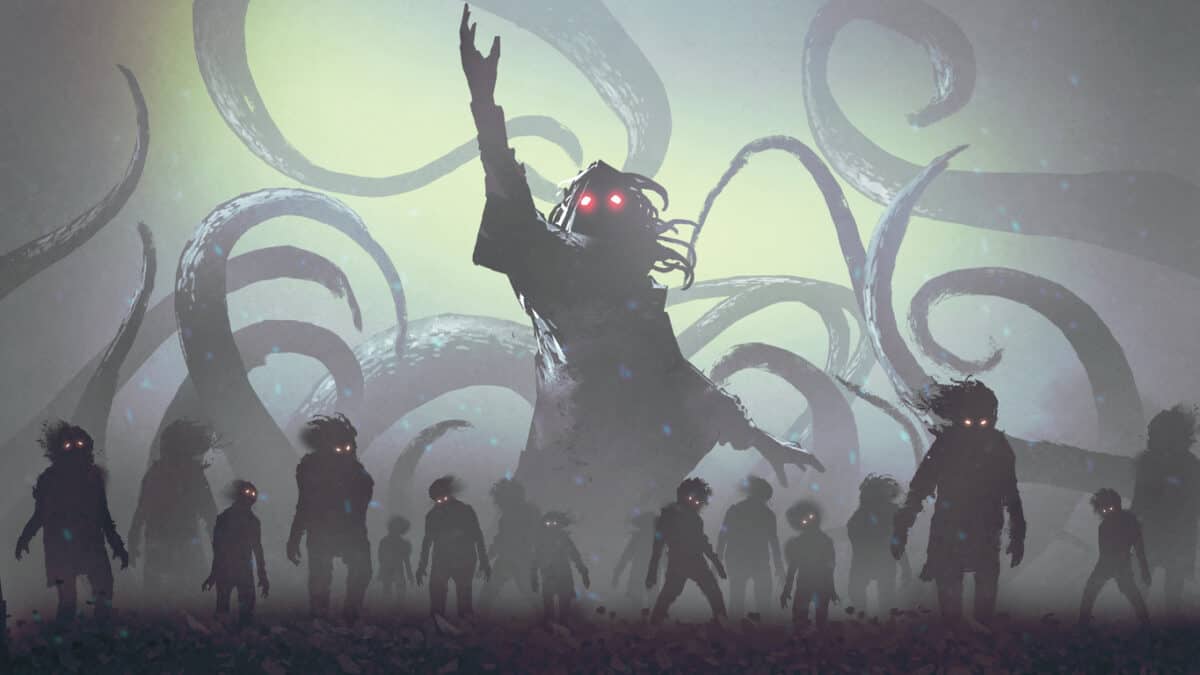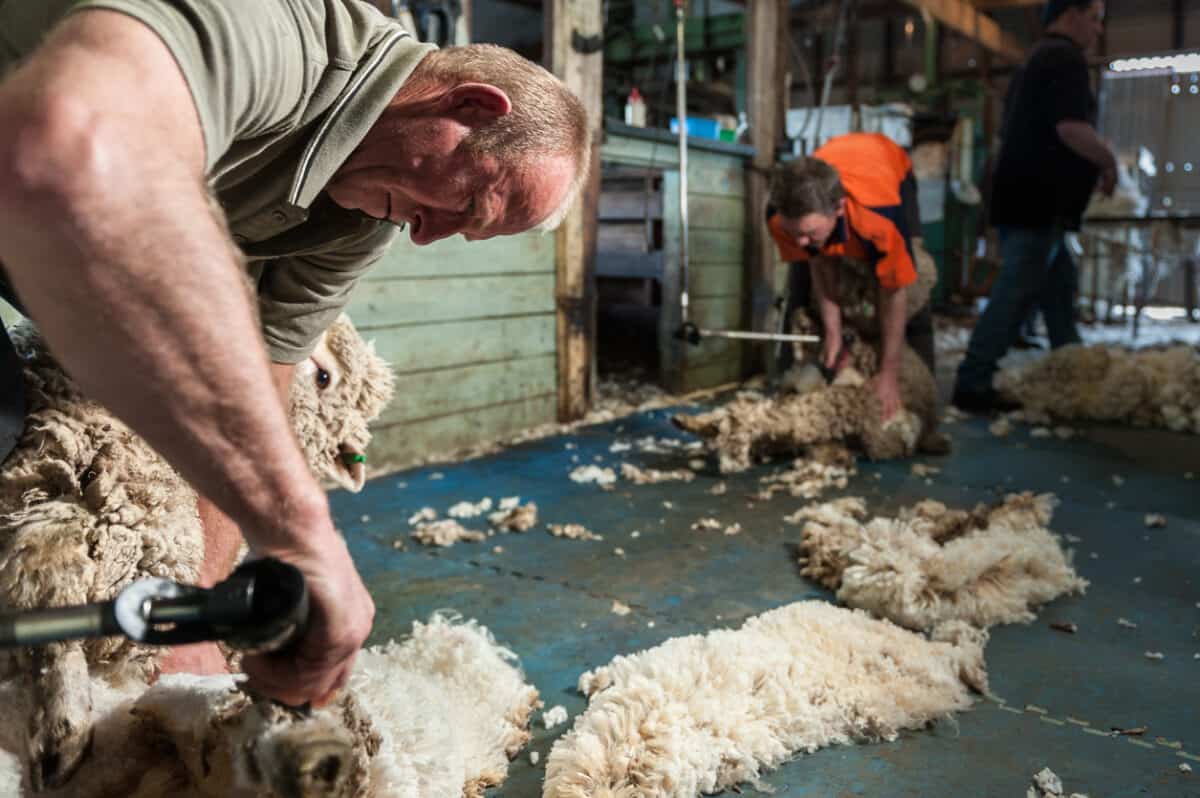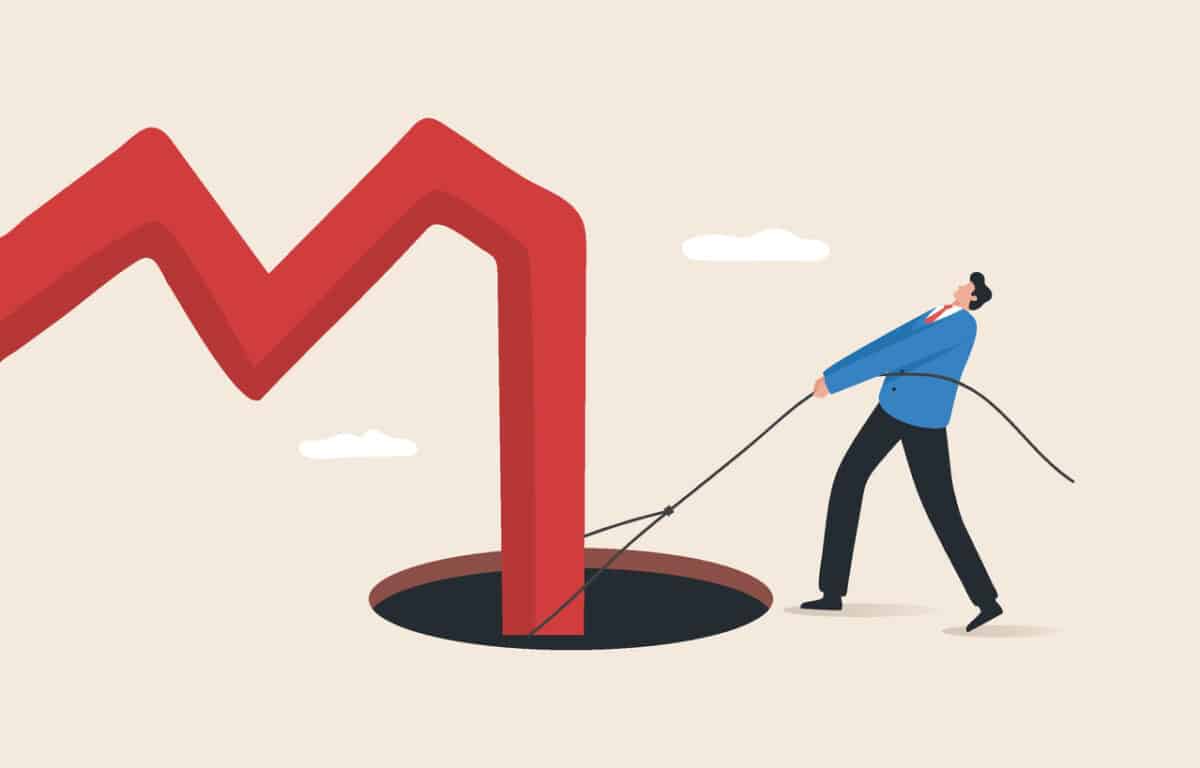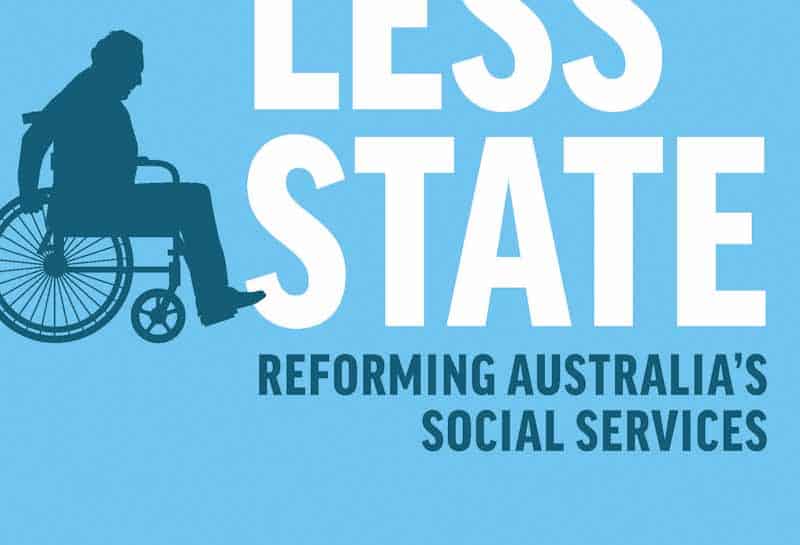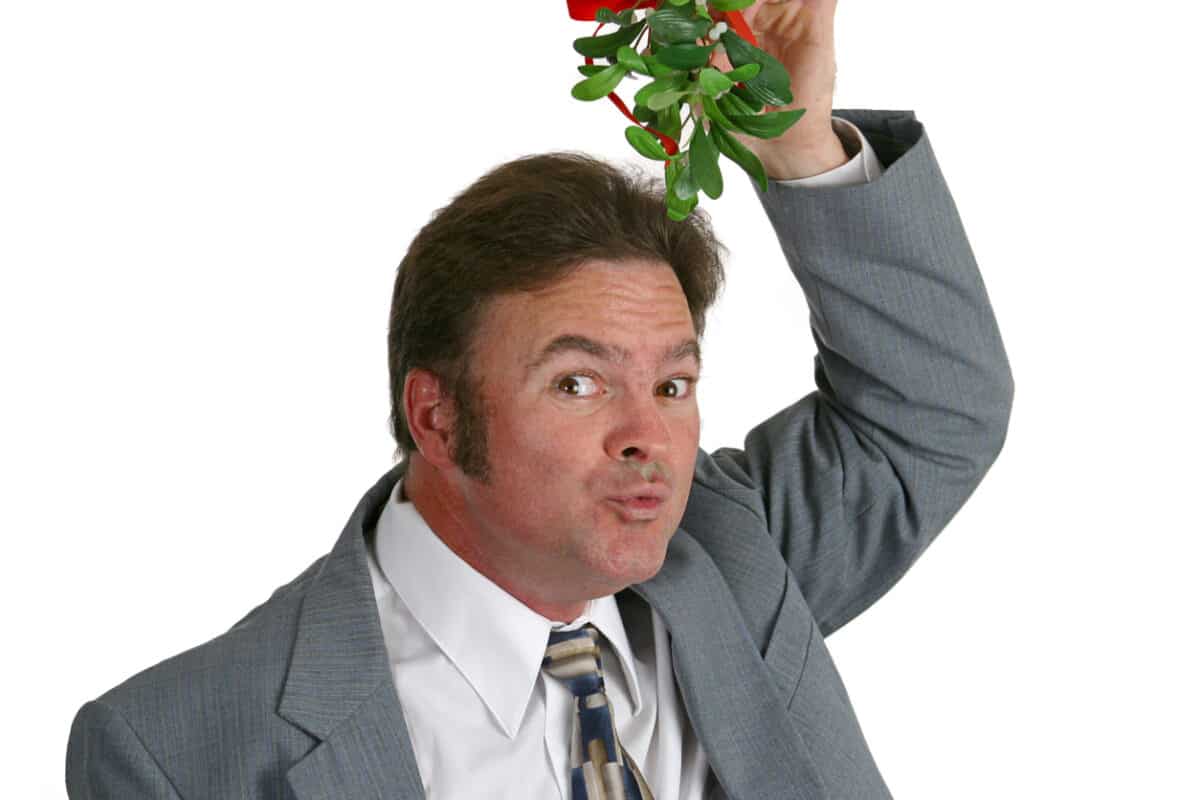The latest awards night for WorkSafe Victoria achieved its scope – present awards for people and organisations who do occupational health and safety (OHS) well. Some categories are for extraordinary effort, achievements or innovation, and winning any award from WorkSafe is important to the winners, but some were flat.
Category: workers compensation
Research shows good ROI for OHS
According to the abstract of a recent piece of research from Canada:
“Financial benefits combined estimates of the tangible financial benefits arising from averted disabling work-related injury and illness and intangible financial benefits associated with improved employee retention and morale, improved production quality and strengthened corporate reputation. Applying these plausible assumptions, the average return on OHS expenditures was 1.24 for 289 manufacturing employers, 2.14 for 56 transportation employers and 1.34 for 88 construction employers.”
One can froth up about the Return on Investment (ROI) figures, which are notable, but of interest was the mix of tangible and intangible factors in the equation.
Zombies, Ghosts and OHS
This holiday season, in between new Val McDermid and Michael Connelly detective novels, I have dipped into a small book called “Zombie Ideas – Why Failed Policy Ideas Persist” in my quest to understand why occupational health and safety (OHS) is not as influential on companies and public policies as I think it should be.
The book is less than 60 pages but dense with ideas that I need a discussion group to fully understand, but there are some useful concepts that may help clarify the policy role, settings and effects of OHS and workers’ compensation.
The wicked problem of the safety of shearers and the viability of sheep farming
Shearing sheep is an exhausting laborious job and so can cause work-related injuries for which workers’ compensation can be sought. The Weekly Times on January 4 2023 (paywalled) devoted a whole page to the issue in an article headlined “The shear cost of it all”. (Only a companion piece is available online at the time of writing)
The aim of the article seems to be to illustrate the exorbitant and unfair workers’ compensation costs faced by the employers of shearers, but some relevant occupational health and safety (OHS) matters are overlooked.
Serious questions about WorkSafe Victoria’s financial sustainability
Shortly after Christmas 2022, the Australian Associated Press (AAP) released an article about the financial status of the Victorian Workcover Authority. The article was about a 2020 review of the financial sustainability of the workers’ compensation scheme by insurance and actuarial firm, Finity. This was built upon in a couple of mainstream newspapers.
Worker’s compensation explained in new social welfare book
Occupational health and safety (OHS) is an integral element of social welfare, even though the practitioners of the discipline self-silo. A new Australian book about Australia’s social services uses workers’ compensation and OHS as a case study for a change.
“The Careless State – Reforming Australia’s Social Services” by Mark Considine illustrates the Venn Diagram overlap of public health services, the National Disability Insurance Scheme (NDIS), aged care services, workplace safety and compensation and more. The book is very timely, as many of the social services essential for social harmony and justice have been neglected over the last decade under various State and Federal conservative governments.
How could OHS have helped manage Chris Smith?
SkyNews and radio host, Chris Smith, has been dismissed due to inappropriate behaviour at a company Christmas party. This type of behaviour has been on the occupational health and safety (OHS) and Industrial Relations radar for a long, long time. Recently the psychological impacts of this type of behaviour have come to the fore, placing the issue clearly in the OHS realm.
It is useful to look at the Chris Smith saga through the “new” OHS perspective.



